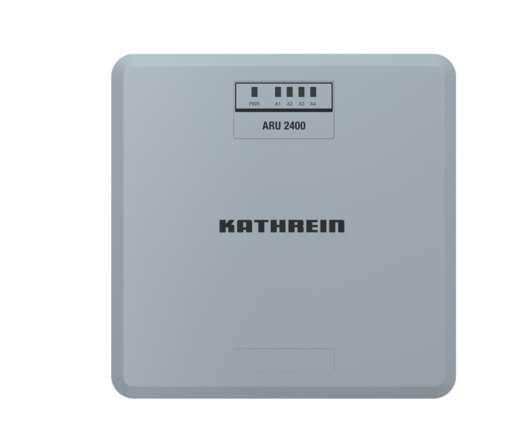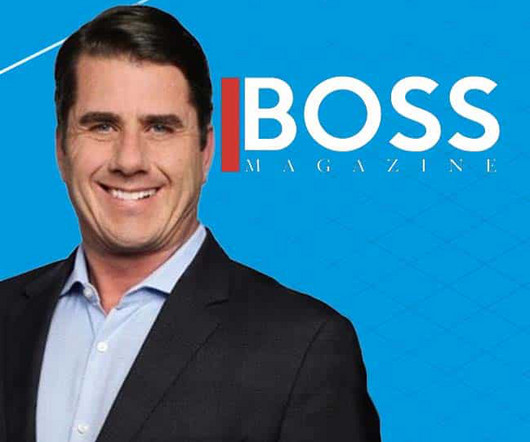RFID Case Study: Can a Supply Chain be Digitised?
Logistics Business Magazine
MAY 27, 2020
The aim was to define the factory of the future and to implement its products in the digitised factory. What matters is speed, a complete overview of complex processes, and, of course, a maximum focus on the customer. The post RFID Case Study: Can a Supply Chain be Digitised? Solution: RFID hardware components.














Let's personalize your content